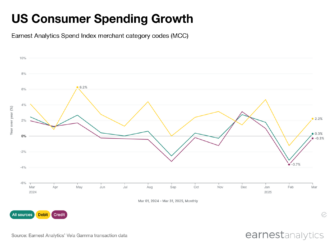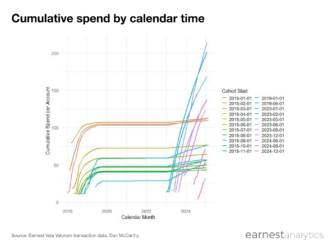Prime Day—Week? Year?

Among the many COVID-driven changes this year, Amazon decided to move its Prime Day sale from its typical mid-July spot, to mid-October. Here we look at how this year’s Prime Day compares with prior years.
To ensure we properly capture Prime Day(s) related transactions we look at a “Prime Week,” defined from the Saturday preceding Prime Day to the following Friday. Growth is calculated as sales in a “Prime Week” vs. the preceding four-week average. The analysis excludes spending at Whole Foods.
It’s clear Prime Day 2020 was subdued relative to prior years, driving sales levels just ~20% higher than preceding weeks vs. the ~ 30%-50% seen in prior years. Perhaps why this year’s commentary seemed rather quiet compared to the superlatives of Prime Day 2019, once billed as the “largest shopping event in Amazon history.”
More importantly, does Prime Day even matter in 2020? With a COVID-driven spike in deliveries lifting weekly sales to holiday season levels, and consistently above previous Prime Days, perhaps 2020 is simply Prime Year.











